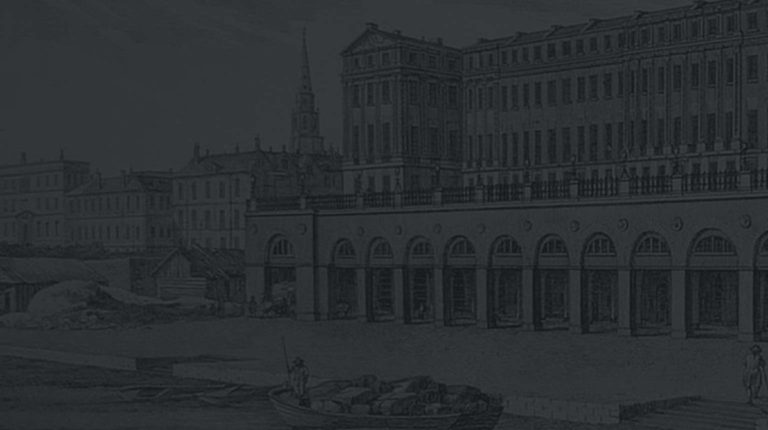
Constantine’s reign was a turning point in the history of the Roman Empire. He introduced economic and social reforms which would see the end of a century of crisis in the Roman world, but most importantly he allowed for a religion which had been shunned by Roman Society for three decades to come into the light.

Constantine was declared emperor by his troops in 309 AD, in the British City of York (then Eboracum), after the death of his father, Constantius I. At this time, the Roman Empire was ruled by a number of emperors, working together. Constantine declared himself sole ruler of the empire and marched on Rome, to face his rival Maxentius in battle.

A strange event occurred when Constantine was on his way to Rome. According to sources, Constantine and his soldiers witnessed a massive Christian symbol, the ‘Chi Rho’ on the horizon. The night before his confrontation with Maxentius, Constantine had a strange dream. He was told the name of God, and that if his soldiers fought under the banner of Christ, then he would have his victory. The following morning, to the horror of his generals and no doubt some of his soldiers (most of whom were traditionally Pagan) Constantine ordered that the shields of his men be painted with the ‘Chi Rho’. They obeyed.

The ‘Battle of the Milvian Bridge’, October 28th, 312 saw the demise of the emperor Maxentius and Constantine’s elevation to sole emperor of the Roman world. The Christian symbols appear to have worked. Not only did Constantine legalise Christianity across the Empire, he actually converted to the religion before he died, starting a lineage of Romano-Christian emperors which would last for a thousand years.
Constantine’s reign lasted until 336 AD. Many of his coins feature radically new artwork which had not been seen on Roman coinage before. He introduced a new gold coin which would become the staple of the Roman world for centuries – the Gold Solidus. Very rare solidi feature the emperor’s head facing upwards towards god and after his death, special commemoratives were struck, which include the hand of God welcoming Constantine to heaven.

Constantine paved the way for the Christian Era. Churches were thrown up in Rome, on the sites of former martyrs’ deaths. It was no longer a shunned, underground practice and by 380 AD, Christianity was the state religion of the Roman Empire. Constantine also founded what would become the new capitol city of the Roman world – Constantinople.



